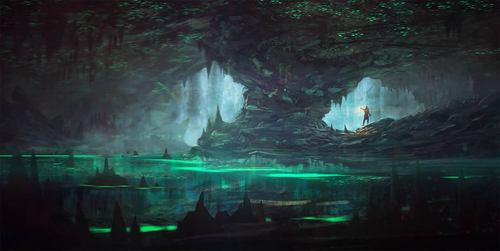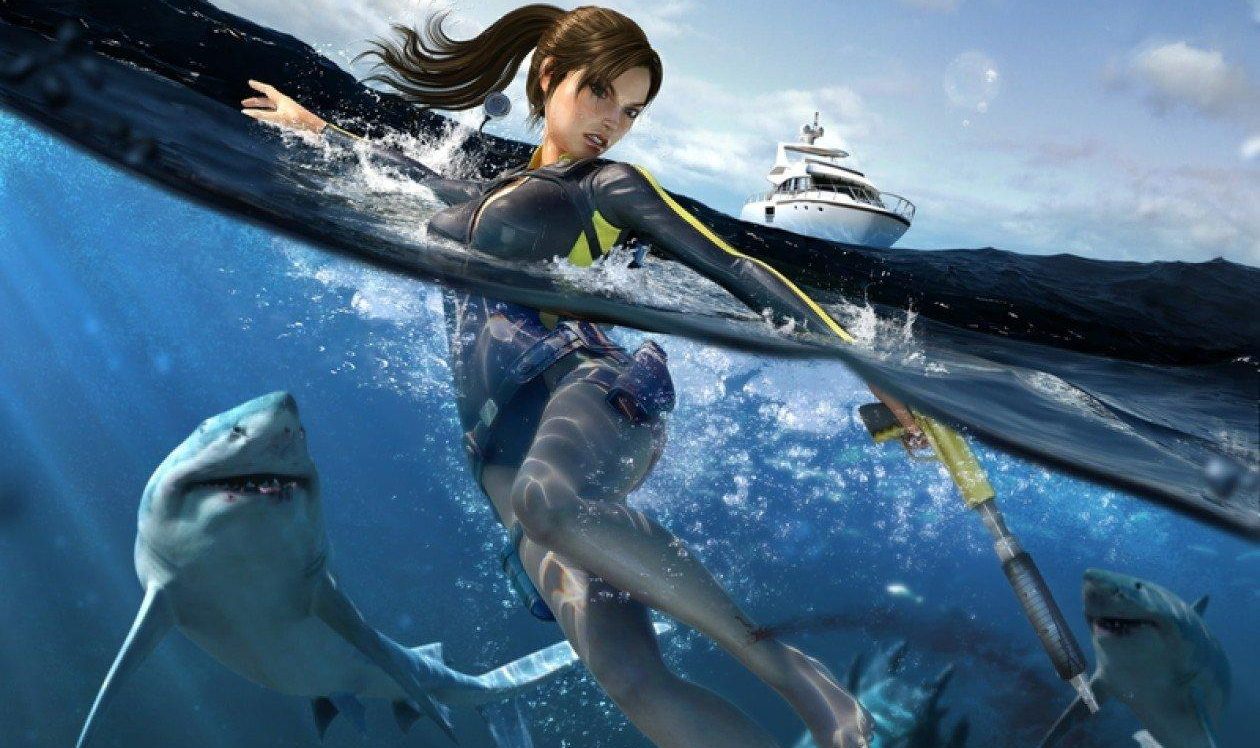Cradle [official site] is a bold, imaginative and shocking piece of science fiction that comes to us in the body of a first-person adventure game. Transhumanism, block-based arcade puzzles, time-consuming object hunts and some of the smartest writing in the medium are waiting out on the steppe.
trailer:
There is a lot to be said about this game.We have to start somewhere:
1) The yurt isn’t the only location but you’re not going to be travelling far. Cradle is akin to the one city block game. Except in a yurt, on the steppe.
2) You can open almost every drawer, pick up and lob almost every object and read every piece of text, from diaries, posters and letters to the words on a packet of sugar. Myst this ain’t.
3) Puzzles mainly involve finding things within the environment. Those things are generally located where you’d expect them to be – cooking things in the cooking area,etc.
Ah, yes. You’re going to spend a lot of time fetching body parts if you play Cradle. There are no squishy bits to handle so don’t worry too much if you’re squeamish but some of the concepts in this wildly imaginative science fiction story are as unnerving as anything you’d expect to find in a horror game. In fact, Cradle is exploring some of the ground that SOMA covers and even though there are no monsters lurking in the dark corners of its world, there are moments far more chilling than anything found in SOMA’s first hours.
The sinister and downright hideous aspects of Cradle’s world are revealed through conversation and documents. Considering the intricate detail and beauty of the locations, the amount of story and setting revealed through telling rather than showing is something of a disappointment. The environment, beautiful and well-crafted as it is, doesn’t tell the story, it contains the story. Up to a point, at least
When you leave your home, the surrounding area stretches before you like a promise of vastness to explore. Cleverly, developers Flying Cafe have ensured that the land slopes away and then upwards in just such a way that you’re discouraged from heading out on foot. Looking out across the emptiness, it’s hard to imagine it’ll lead to anything other than more of the same – barren beauty beneath painted skies.
There’s only one other place to go, an enormous ruined eggshell of a building, festooned with colourful decorations and with a central approach that once strived to be as impressive as the gardens of Versailles. Within that second location, there are games to play – games within a game that itself interrogates the idea of virtual spaces. It’d be easy to see these arcade-puzzles as padding, required to extend Cradle’s running time to the four or five hours it’s likely to last, but they have their place in the world and its story. And I enjoyed them. Depending on your points of reference, they’re either surrealist short-form Minecraft or intense, free-form first-person Bombuzal.
Whether you see them as a welcome change of pace or an irritating interruption, Cradle’s games are an essential part of the tale it tells. I don’t want to spoil any part of it because the greatest pleasure in the game is found in gradually piecing together your understanding of the world. It starts with the oldest of chestnuts – you don’t know who or why you are – and the blurred line between an old way of life and some very new forms of life. Almost immediately, everything becomes strange. And then a little stranger.
Cradle is convincing. Even the most terrible and bizarre events and cultural behaviours are credible, drawn from recognisable social and pyschological functions. It’s a game capable of chilling the blood with a single line and expanding the horizons of your imagination with the next. For the bold, intelligent and inventive world-building alone, Cradle deserves an audience. The audience deserves Cradle, in fact. Anyone who felt that Ex Machina just about managed to uncover the tip of an interesting iceberg will be delighted to find that Cradle goes deeper. It’s a different kind of story, right at the very foundation of what its characters actually are, but it’s also quite clearly a kind of science fiction that is vanishingly rare: complex, hard, harrowing and intimidating.
For all of those reasons, I’d urge anyone with an interest in speculative fiction and bold writing in games to play Cradle immediately. Right now. Go on. Or do you want to hear about what I didn’t like before you step onto the steppe? No spoilers ahead but I am going to speak about aspects of the ending that you might want to avoid if you’re already intrigued and happy to go in cold. Skip the next three paragraphs and come back for the conclusion.
I’ve spent a lot of time considering Cradle’s story and reading about the thoughts of other people who have seen it through to the end. It’s abrupt, that ending, and it didn’t work for me at all. Sometimes a poor ending retroactively harms an entire piece of work but that wasn’t the case with Cradle. Instead, the closure (and lack of it) made me realise that I’d enjoyed the world rather than the story. Whatever I feel about the end of the story, I’m still hugely impressed by that world.
The entire game rather cleverly tricked me into thinking I cared about the characters I was spending time with (and as) but the attempt to wrap up their experiences neatly, with a bow on top, demonstrated just how little of the storytelling was about what was happening in and around the yurt. A conclusion to the interesting elements of the story couldn’t possibly work because Cradle’s strengths are in its world-building, which is disguised as a personal tale. The finale does feel rushed, which may be due to a lack of resources, but my lack of attachment to the events of the ending relates to the sudden focus on the specific rather than the global. I am fascinated by the world but I don’t particularly care about the way in which the player character fits into it.
And yet, the world of Cradle is one of the most startling inventions.While the methods by which the details of that world are communicated are often simplistic, it’s impossible to overstate how exciting it is to confront a vision of the future that is so carefully constructed, and so full of terrors that have become accepted parts of the scenery. Just as the internet has brought images and conversations that would previously have been impossibly off-limits into the palms and pockets of children, Cradle presents a world in which people accept the most troubling of actions as part of ordinary life.
It’s a wholly believable capsule from a future that is eerily possible. Even more impressive is that there is no reliance on physical violence and enslavement to explain the weird horrors of Cradle’s transhumanism. It’s violence is psychological and cultural, and far more effective than the ugliness that the Robot Lady imagery might lead you to expect.Cradle’s cruelties are not so obvious and, as social and technological progression shows, those cruelties are often caused by a desire for improvement.Smart, and very subtle piece of work, Cradle is a wonderful work of science fiction that doesn’t quite fit inside the space Flying Cafe have designed for it.
- developer:Flying Games Caffe
- publisher:Mojo Games Studio
- date of release:24.july 2015.


5000+500 LIKE and Comment instantly – https://www.fiverr.com/gagaga_10/5×1000-facebook-like-post – https://www.fiverr.com/gagaga_10/5×100-facebook-comment-post-or-photo
Rano Begum liked this on Facebook.
Walang basagan ng trip dito Xdd ‘.’> liked this on Facebook.
Soviati Eagles liked this on Facebook.
Iam Aman liked this on Facebook.
Dyana Kerr liked this on Facebook.
Olivia Hernandez liked this on Facebook.
Almer GrenMan liked this on Facebook.
Liliana Tudorache liked this on Facebook.